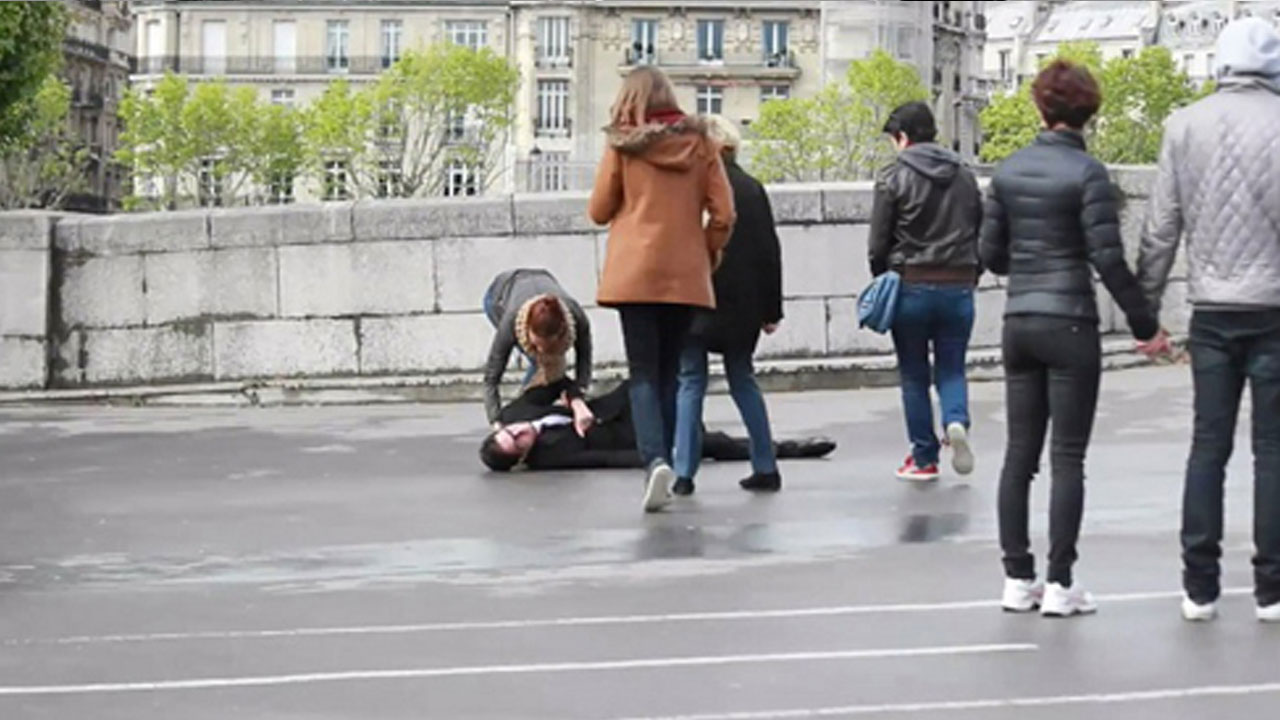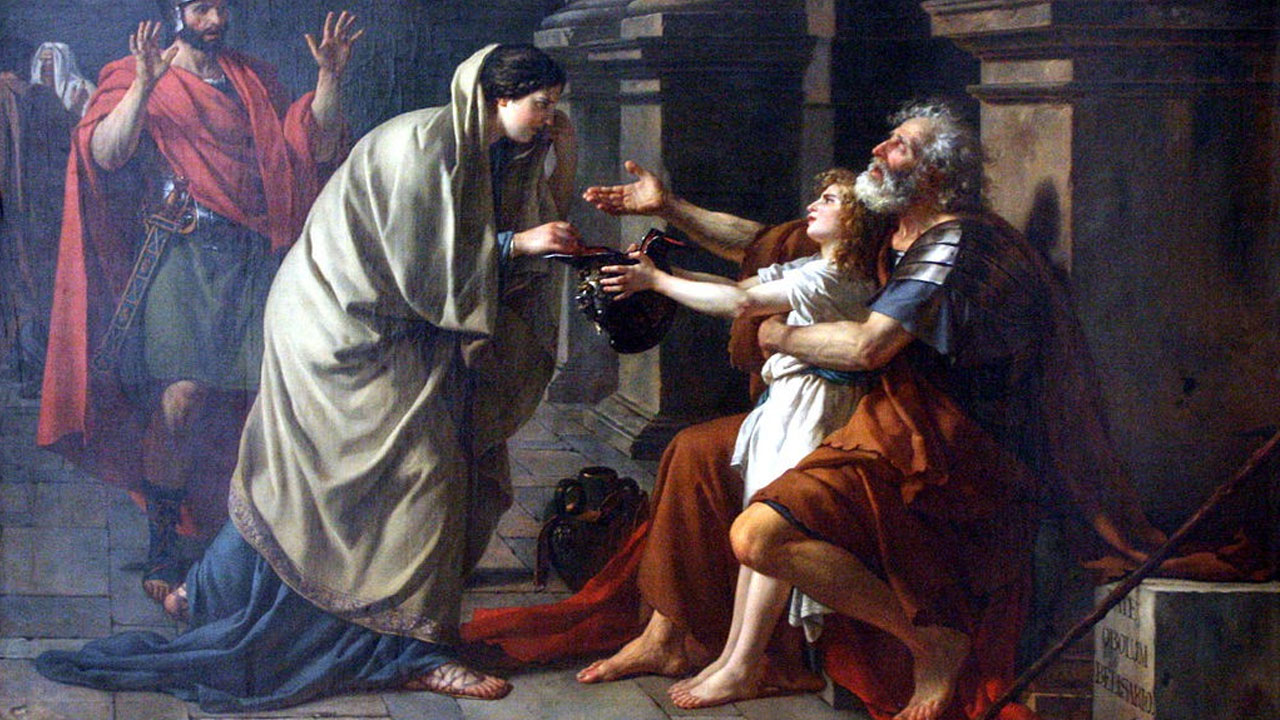Hz. The example of the “Good Samaritan,” based on a story told by Jesus, is used to describe a person who takes action to help those in need. Based on this example, an experiment was conducted in 1973 on people’s motivation to help, which had very interesting results.
In the study conducted at Princeton Theological Seminary in 1973, the aim was to “think not of himself but of those around him”. your altruistic behavior was to conduct an experiment to investigate the reasons behind it.
Before giving the details of the experiment, Hz. what Jesus told “The Good Samaritan” Let’s take a brief look at the example to better understand what it means.
What is illustrated in the example of the “Good Samaritan”?
“A Jew journeyed from Jerusalem to Jericho. But on the way he was robbed, beaten, and left to die. of the same nationality First a Jewish priest, and then a Jewish priest, passed this wounded traveler without help.”
“Finally of other nationality a man came. He was a Samaritan. The man took pity on the traveler and helped. He took the injured man to an inn and took care of him throughout the night. He paid the innkeeper to look after him the next day, and said that if he spent more he would pay when he returned.”
Hz. Jesus, by this example, to be a good neighbor to the past of others or the need to help each other by showing mercy, regardless of nationality.
There were 3 hypotheses to be tested in the experiment, which was based on the “Good Samaritan”:
-
People who act hastily possibilities to help is lower.
-
People who follow religion and higher principles take action to help. more prone they are not.
- People who are religious for their subjective interests, really religious less helpful than humans.
The subjects were selected from among the theology faculty students.

In the experiment led by John Darley and Daniel Batson of Princeton University, participants preaching on religious matters they listened. Among these sermons was, of course, the example of the “Good Samaritan.” At the end of the sermon, the subjects filled out a personality questionnaire about their religion and the mock experimental procedure began.
The mock experiments were initially carried out in a building, and after a while the subjects were from one building to another They were told to pass. They had tasks to do in the building they were passing through. One of these tasks was to prepare a talk about seminary work, and the other was to prepare a talk about the story of the “Good Samaritan.”
The number of people helping someone in need was astounding.
Between the two buildings was an actor disguised as an injured person who needed help. The first variable tested was the level of urgency demanded from the subjects. from some don’t rush while some were asked to be quick.
Only 10% of students who were in “over urgency” had stopped to help the man in distress. 45% of students in “moderate urgency” situations, unhurried 63% of the students helped the victim.
“Time pressure” prevailed above all else.
The task assigned to the participant did not have any effect on helping behavior. However, the amount of urgency told to subjects helping behavior had a great impact on In addition, no relationship was found between the participant’s religious beliefs and helping behavior.
Even the person to talk about the “Good Samaritan” didn’t stop and help.

Researchers state this: “A person in a hurry is likely to stop and help someone in distress, while a person in a hurry is likely to not stop. The irony is that the person in a hurry may not stop even if he is in a hurry to talk about the example of the Good Samaritan. Thinking about the “Good Samaritan” the behavior of helping the needy person did not increase. On the contrary, his rush made it less likely to help him.” as declared.
RELATED NEWS
The Experiment and Its Interesting Results Showing What Is Actually Going On In The Heads Of Babies Who Seem As Not To Know ANYTHING
RELATED NEWS
9 Scientists Who Saved Most of Our Lives by Experimenting on Himself
RELATED NEWS
